How qualitative research can benefit quantitative findings?
The combination of quantitative research and qualitative research can be a powerful research approach—and this is not a new idea. However, with ever shrinking research budgets, the need for fast-track timelines, qualitative research is sometimes sacrificed. While this may seem benign, it’s worth reviewing why you shouldn’t forgo a qualitative component in your research plan.
Qualitative research has an important place in the overall research process and can proceed or follow the quantitative phase of research. It is important to understand how qualitative research can enhance the quantitative findings.
When a client contacts a researcher for a study involving a new product category (or a category that’s unfamiliar to them), they need to have a better understanding and a deep dive into the category. They also need to understand a specific consumer segment and their usage, motivations or perceptions for the product/category. In these cases, qualitative research can help guide the creation of the survey by identifying what needs to be included to create a truly comprehensive survey tool. But even more importantly, it is likely to uncover hidden issues and important factors that may be overlooked if a researcher isn’t familiar with the product category or the consumer. Thus, qualitative research adds value by putting such elements into focus to develop a better quantitative study design.
Although, statistical data is highly appealing and compelling, yet quantitative research findings tell the researcher only part of the consumer’s story. It is the power of qualitative research to bring the numbers to life and collect the meaning behind the statistical values after the survey findings have been tabulated.
The insights generated by qualitative research make the quantitative results more informative and actionable.
It is important to note that how much more robust research findings can be by bringing together qualitative with quantitative research. Combining these two methods provides an accurate and nuanced understanding of the consumer and more confidence in your results.


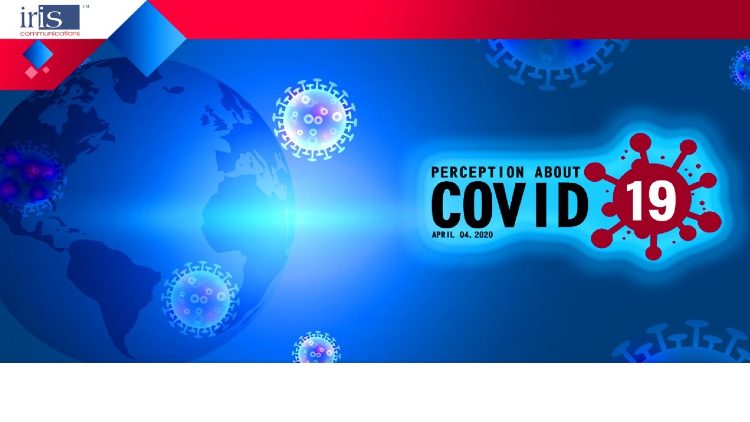
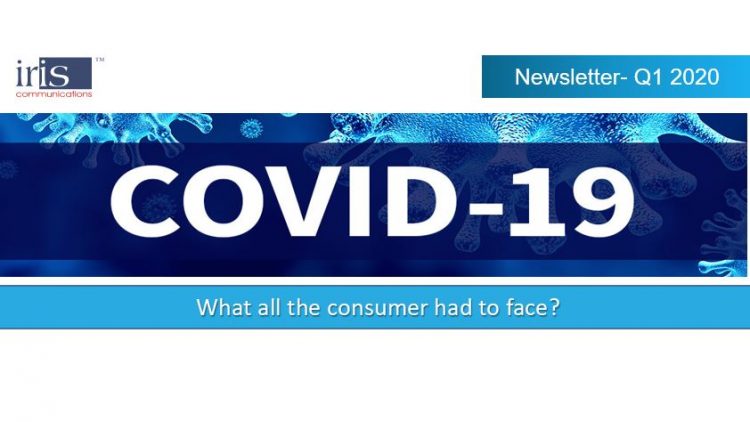



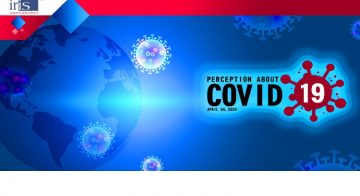

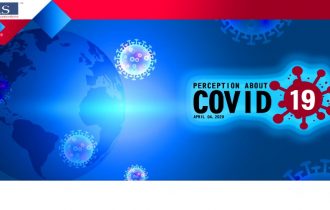
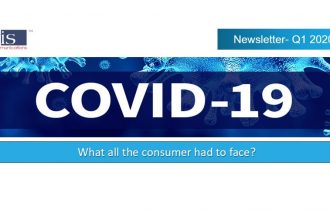







Really helpful, being a blogge